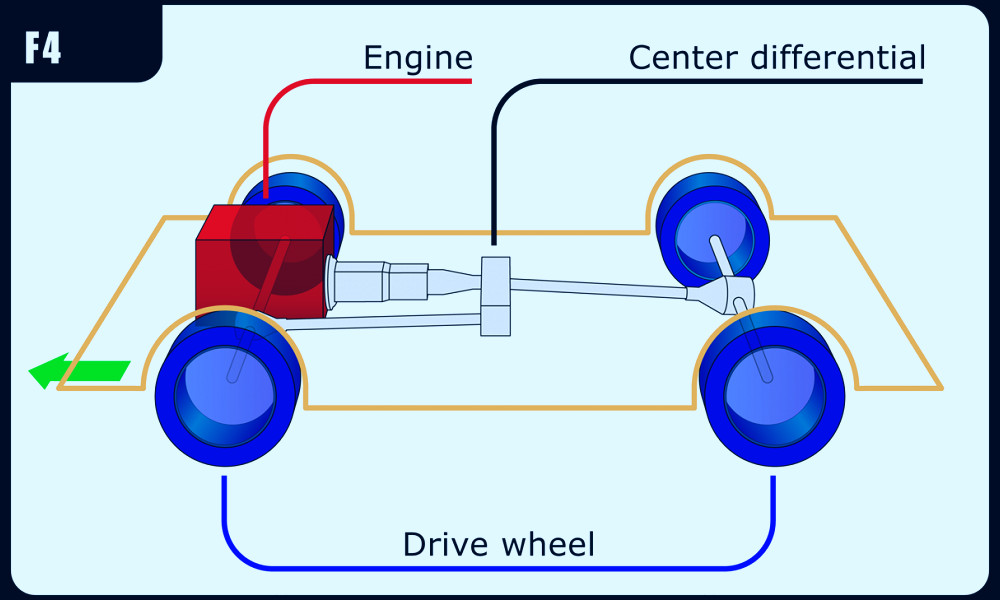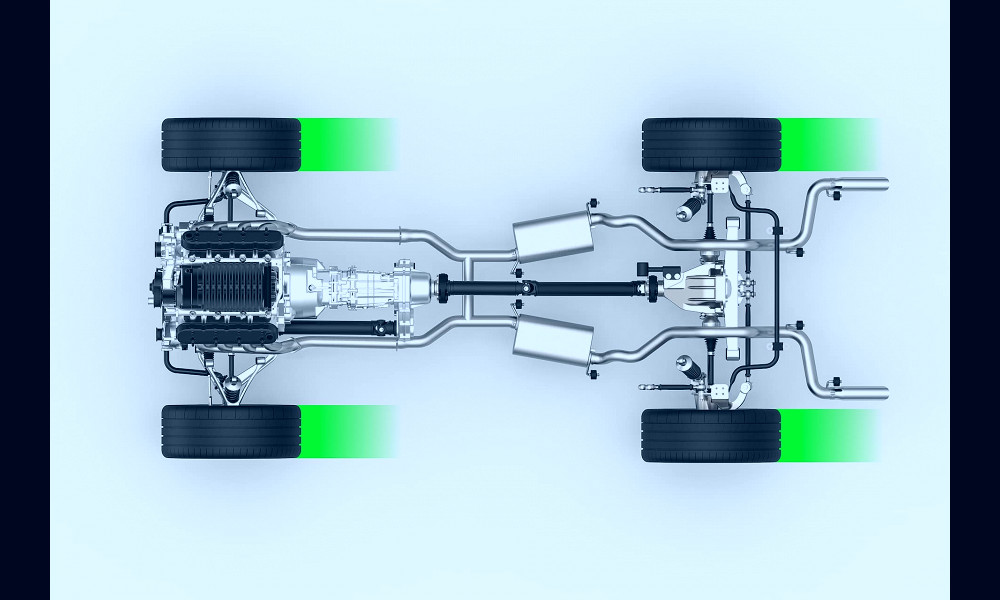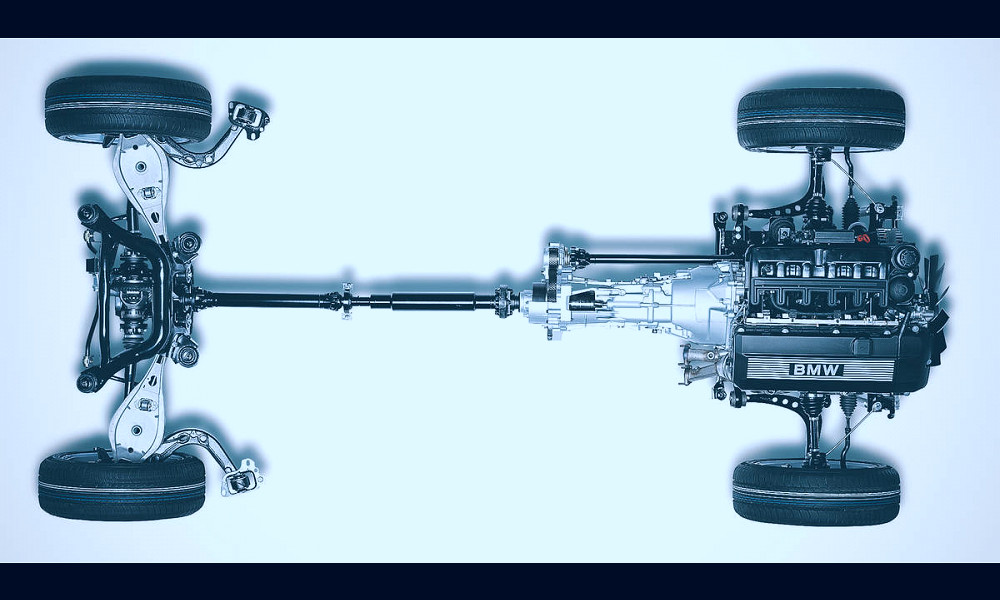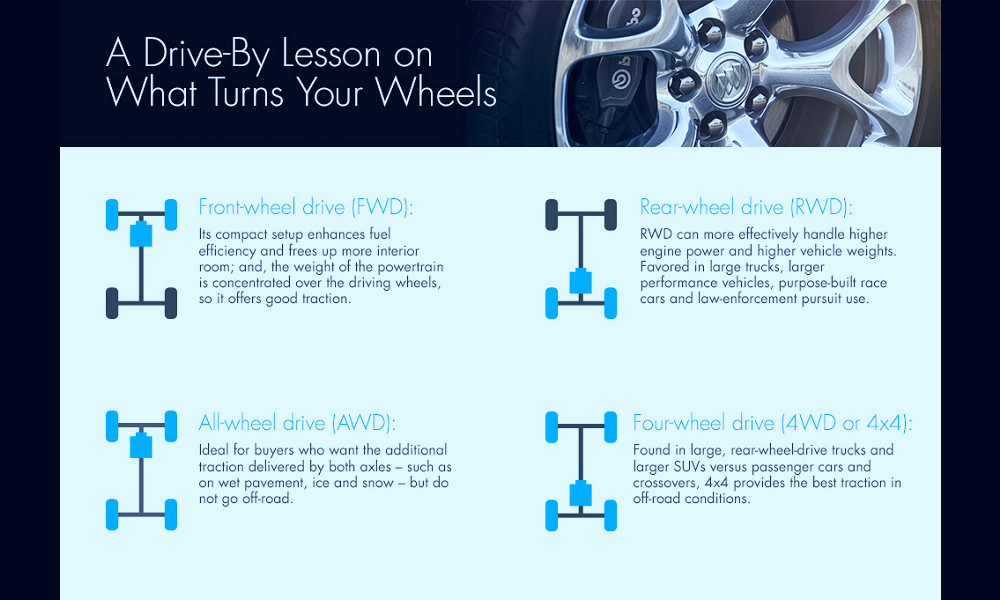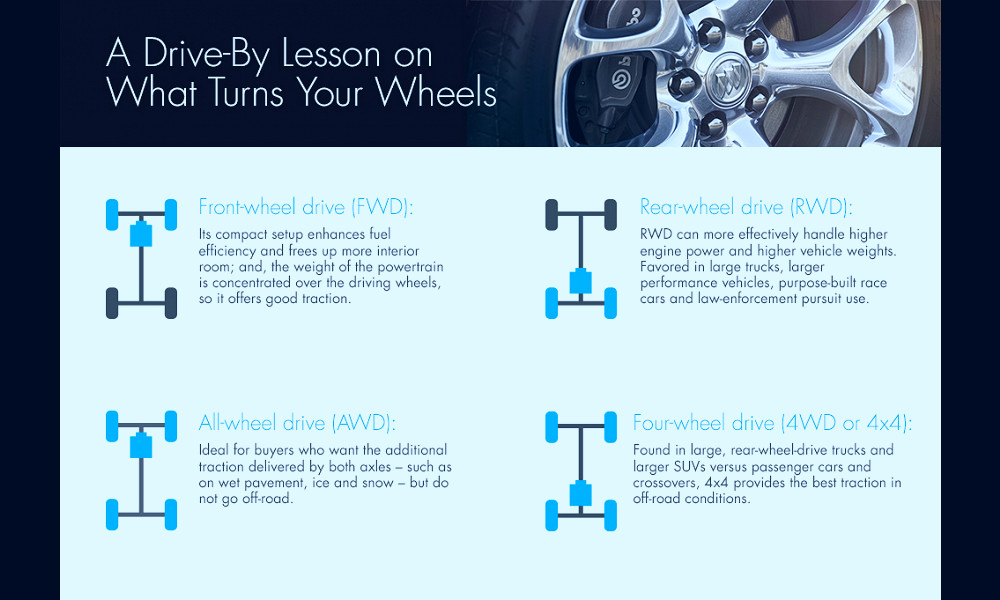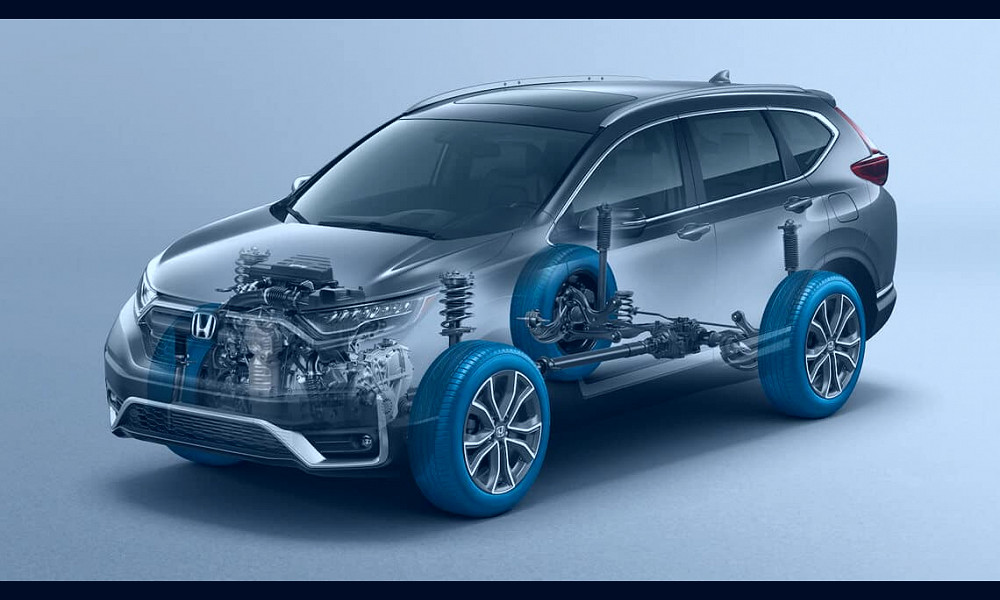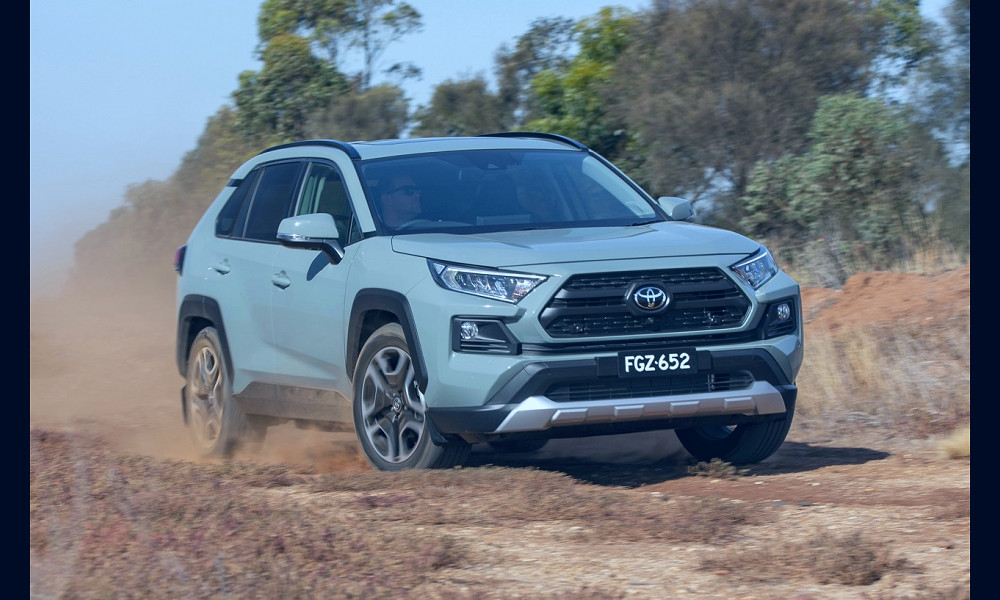
Unleash the Power of All-Wheel Drive: Why it's the Best Choice for Your Next Vehicle
All-wheel drive, often abbreviated as AWD, is a drivetrain system that sends power to all four wheels of a vehicle simultaneously. It provides enhanced traction and control on slippery or uneven surfaces, making it an ideal feature for off-road adventures or driving in challenging weather conditions. Whether you're navigating through snowy mountains or muddy trails, an all-wheel drive vehicle ensures maximum grip and stability for a safer, smoother ride.
| Type | Vehicle Drive System |
| Primary Function | Provides power to all its wheels simultaneously |
| Typical Applications | Off-road vehicles, SUVs, Trucks, Performance cars |
| Benefits | Improved traction in difficult driving conditions, Enhanced off-road capability, Increased safety in adverse weather conditions |
| Subtypes | Full-time AWD, Part-time AWD, Automatic AWD |
| Commonly Found In Brands | Subaru, Audi, BMW, Mercedes-Benz, Volvo |
| Additional Features | May include systems like electronic stability control, traction control, limited slip differential |
| Fuel Efficiency | Generally lower than two-wheel drive systems due to added weight and friction |
| Maintenance | More complex and potentially more costly than two-wheel drive systems |
| Manufacturing Cost | Higher than two-wheel drive systems, often resulting in more expensive vehicles. |
Understanding All-Wheel Drive
All-wheel drive (AWD) is a drivetrain system that delivers power to all four wheels of a vehicle simultaneously. It automatically adjusts the power distribution among the wheels to ensure optimal traction, thereby enhancing vehicle stability and handling. Read more
Superior Traction
One of the key benefits of AWD systems is their ability to provide superior traction in challenging driving conditions. Whether you're driving on slippery roads, off-road, or in snowy conditions, an AWD vehicle can offer improved grip and control. Read more
Enhanced Handling and Control
AWD systems help in enhancing the vehicle's handling and control. By distributing power to the wheels with the most grip, AWD systems can help prevent wheel spin and ensure that the vehicle responds accurately to your steering inputs. Read more
Off-Road Capability
If you frequently drive on uneven or unpaved surfaces, an AWD vehicle can be a great choice. The additional power provided to all wheels helps the vehicle tackle rough terrains with ease. Read more

Resale Value
AWD vehicles often command a higher resale value compared to their two-wheel-drive counterparts. This is due to the enhanced capabilities and performance they offer, making them a popular choice among a wide range of buyers. Read more
Safety
The safety-enhancing capabilities of AWD systems cannot be overstated. By improving traction and control, AWD systems can help maintain vehicle stability, reducing the risk of spinouts and rollovers. Read more
Variety of Options
A wide range of vehicles, from compact cars to large SUVs, offer AWD options. This means you can enjoy the benefits of AWD regardless of your preferred vehicle type or size. Read more
Fuel Efficiency
Modern AWD systems are designed with fuel efficiency in mind. While they may use slightly more fuel than two-wheel-drive vehicles, the difference is often minimal and offset by the improved performance and safety. Read more

Smooth Ride
AWD systems provide a smoother ride by reducing the harshness and vibration often associated with rough road surfaces. This can make long drives more comfortable and enjoyable. Read more
Final Thoughts
When choosing a vehicle, it's important to consider your driving habits, the typical conditions you drive in, and your budget. An AWD vehicle may be a great choice if you value performance, safety, and versatility. However, remember to consider factors such as maintenance costs and fuel efficiency. Read more
Facts
1. The History of All-Wheel Drive: Did you know that the concept of all-wheel drive (AWD) goes back as far as 1893? Friedrich von Bauer, a German engineer, invented the first AWD vehicle at that time. However, the first AWD systems that we would recognize today were developed in the 1960s by car companies like Jensen and Subaru.2. Benefits of All-Wheel Drive: AWD systems are known for their superior handling in difficult road conditions. Whether it's rain, snow, or mud, AWD can help you maintain control of your vehicle. This is because it can distribute power to the wheels that have the most grip, reducing the likelihood of skidding or slipping.
3. All-Wheel Drive vs. Four-Wheel Drive: Although they might sound similar, AWD and four-wheel drive (4WD) are not the same. While 4WD is designed for off-road conditions and can usually be turned on and off, AWD is intended for on-road use and is typically always active.
4. The Popularity of All-Wheel Drive: AWD vehicles have become increasingly popular in recent years. According to a study by IHS Markit, the percentage of new vehicles with AWD has grown from 30.6% in 2012 to 42.2% in 2019. This trend is expected to continue as more drivers recognize the benefits of AWD.
5. All-Wheel Drive in Luxury Cars: Many luxury car brands, such as Audi, BMW, and Mercedes-Benz, offer AWD as a standard or optional feature on many of their models. This not only enhances the car's performance but also gives drivers an extra level of comfort and security.
6. All-Wheel Drive in Sports Cars: AWD isn't just for SUVs and luxury cars. Many sports cars, including models from Porsche and Lamborghini, also feature AWD. This can help improve their acceleration and handling, especially in wet or slippery conditions.
7. All-Wheel Drive in Electric Cars: As electric vehicles become more common, so too does AWD. Many electric cars, like the Tesla Model S, come equipped with AWD to help manage the high torque provided by the electric motors and increase the car's range.
8. The Future of All-Wheel Drive: As automotive technology continues to advance, so will AWD systems. Future developments could include more efficient designs, better integration with other vehicle systems, and even the ability to control the torque distribution to each wheel individually.
9. All-Wheel Drive and Fuel Efficiency: One common misconception about AWD is that it significantly reduces a vehicle's fuel efficiency. While it's true that AWD systems can use more fuel than two-wheel drive systems, the difference is often minimal, especially with modern AWD systems that can disengage the extra drive wheels when they're not needed.
10. Choosing an All-Wheel Drive Vehicle: If you're considering buying an AWD vehicle, there are several factors to consider. These include the type of driving you do, the conditions you typically drive in, and your budget. It's also important to test drive several different models to see which one feels the best to you.
Read more
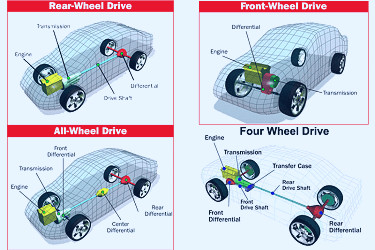 Should You Buy a Vehicle with All-Wheel Drive?
Should You Buy a Vehicle with All-Wheel Drive?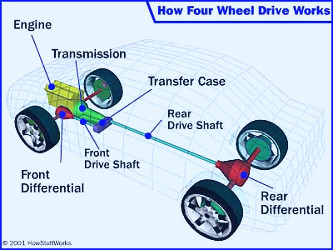 How Four-Wheel Drive Works | HowStuffWorks
How Four-Wheel Drive Works | HowStuffWorks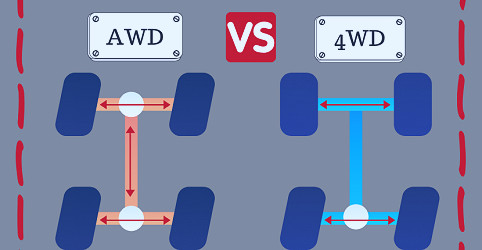 What's the Difference Between 4WD and AWD? - Apple Chevy Blog
What's the Difference Between 4WD and AWD? - Apple Chevy Blog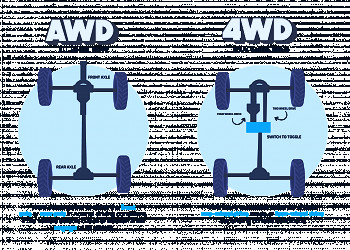 AWD vs. 4WD: Which Option Is Better for You? | Clutch Blog
AWD vs. 4WD: Which Option Is Better for You? | Clutch Blog AWD vs 4WD: What's the Difference | Edmunds
AWD vs 4WD: What's the Difference | Edmunds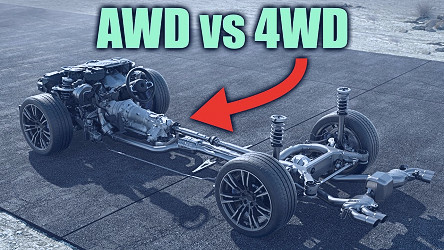 AWD vs 4WD - What's The Difference? - YouTube
AWD vs 4WD - What's The Difference? - YouTube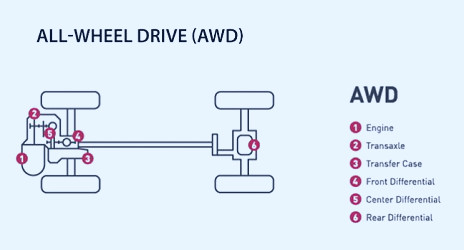 AWD vs 4WD vs FWD vs RWD: The Differences
AWD vs 4WD vs FWD vs RWD: The Differences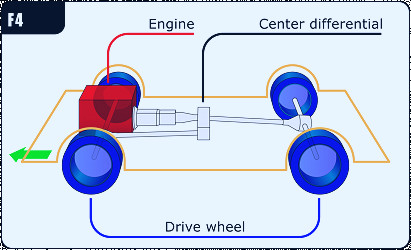 Front-engine, four-wheel-drive layout - Wikipedia
Front-engine, four-wheel-drive layout - Wikipedia Toyota SUVs: All-Wheel Drive or 4-Wheel Drive?
Toyota SUVs: All-Wheel Drive or 4-Wheel Drive?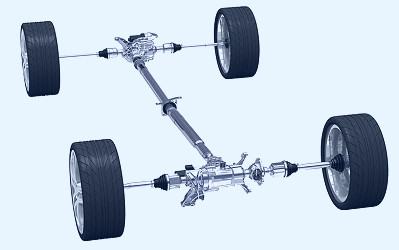 GKN Automotive | Systems and solutions | All-wheel drive systems
GKN Automotive | Systems and solutions | All-wheel drive systems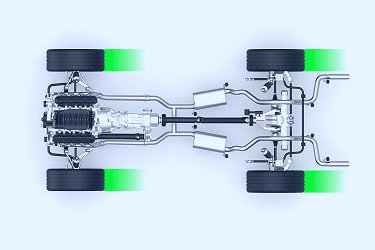 All-Wheel Drive vs. 4WD | Toyota of North Charlotte
All-Wheel Drive vs. 4WD | Toyota of North Charlotte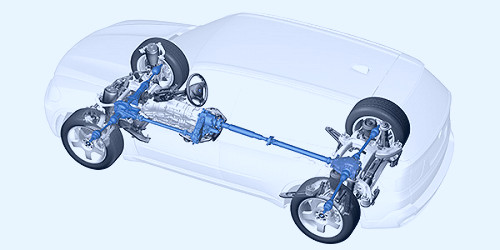 Simplifying AWD Systems
Simplifying AWD Systems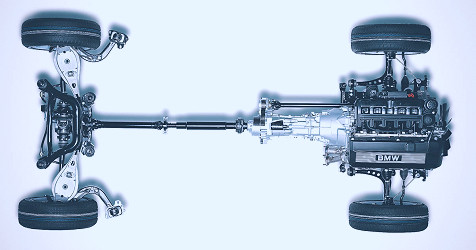 AWD vs 4WD: The Real Difference Between Car Drivetrains - Thrillist
AWD vs 4WD: The Real Difference Between Car Drivetrains - Thrillist The Cheapest New All-Wheel Drive Cars - Autotrader
The Cheapest New All-Wheel Drive Cars - Autotrader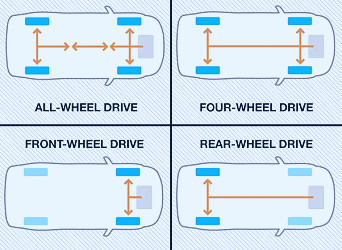 Difference Between FWD, RWD, AWD and 4WD
Difference Between FWD, RWD, AWD and 4WD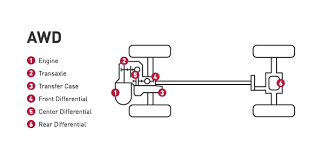 FWD vs 4WD vs AWD | Parts Matter™
FWD vs 4WD vs AWD | Parts Matter™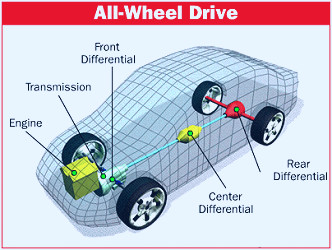 Mechanical Engineering: Advantages & Disadvantages of All or 4- Wheel Drive
Mechanical Engineering: Advantages & Disadvantages of All or 4- Wheel Drive All-wheel drive - Wikipedia
All-wheel drive - Wikipedia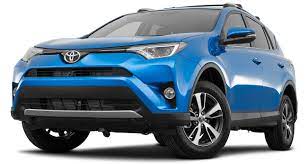 10 Best AWD Cars for 2022: Pros & Cons, Photos, and More | CarMax
10 Best AWD Cars for 2022: Pros & Cons, Photos, and More | CarMax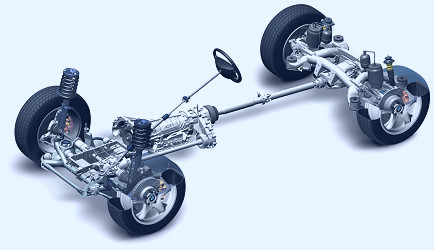 4-Wheel Drive (4WD) vs. All-Wheel Drive (AWD) – x-engineer.org
4-Wheel Drive (4WD) vs. All-Wheel Drive (AWD) – x-engineer.org 

